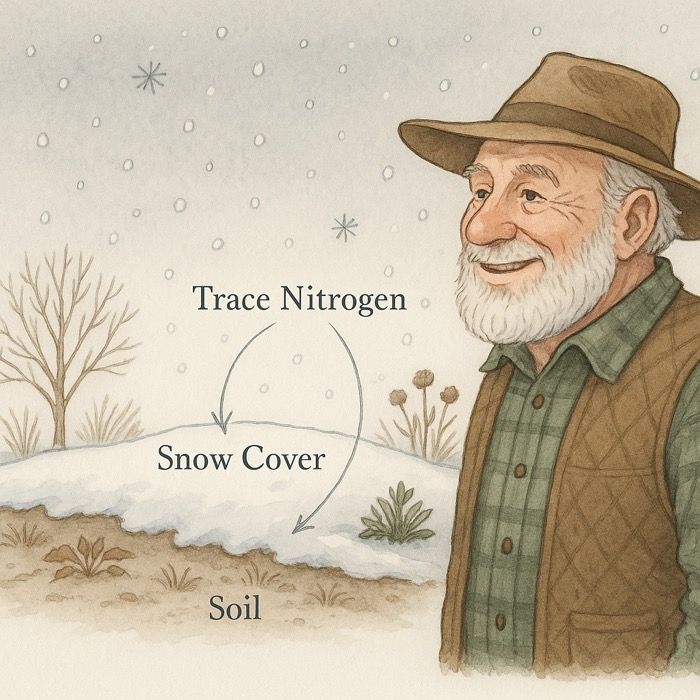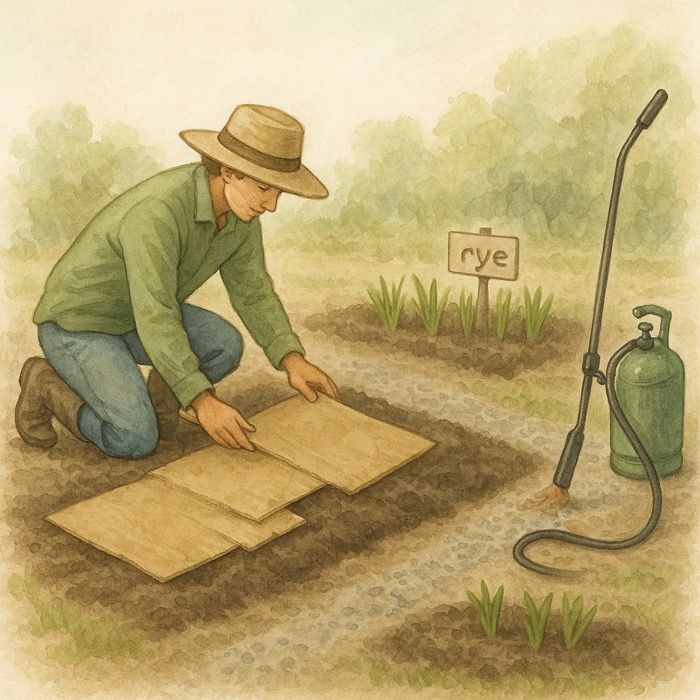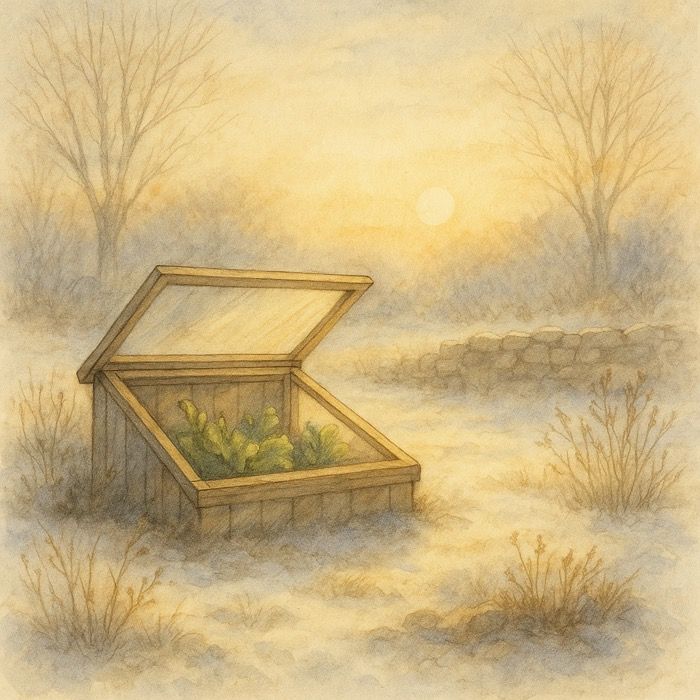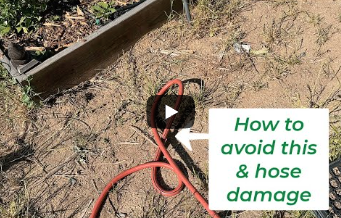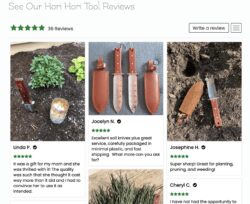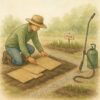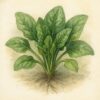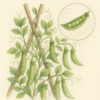Weeding Tools: The List & Techniques for Weeding by Hand
Garden Weeders and More
What would gardening be if there were no weeds? We all know what would be pure heaven. But that’s not reality and regardless of where you garden on the planet you will always have invasive species weed to deal with. If you haven’t read our two previous posts on weeding they are a great primer before you pick a tool that works for you. The first post, Weeding: Knowing your enemy, we’ll give you some basic definitions in and disadvantages of weeds. The second post, Weeding 101, goes over the four methods of weed control and how you can utilize multiple methods for higher success in controlling these invasive plants. All of the tools you will see here are mechanical controls for your garden weeds.
Getting Physical (With Weeds)
Weeding is deeply intertwined with the growth and biology of plants. Physical tools, such as hoes, hand weeders, and cultivators, offer an ecologically sensitive approach to weed management. The primary goal is to create an environment where desired plants can thrive without competition from invasive species. When weeds are removed, it ensures that essential resources—water, nutrients, and sunlight—are primarily available to the plants we intend to nurture.
Weeds Need Resources
Here is a little more on each resource and how it ties to weeds:
Water Water is a vital resource for the growth and survival of plants. By using physical tools for weeding, we ensure that this precious resource is directed towards our desired plants. Weeds, if left unchecked, can siphon off significant amounts of water, leaving crops and ornamental plants dehydrated. Removing these competitors ensures that our plants receive the moisture they need, leading to deeper root systems and healthier growth.
Nutrients The soil is a rich tapestry of nutrients essential for plant development. Weeds are notorious for their ability to rapidly consume these nutrients, often outcompeting our desired plants. Utilizing physical weeding tools, such as hoes and hand weeders, allows gardeners and farmers to reclaim these nutrients for their plants. This ensures that our crops and flowers can absorb vital minerals and vitamins efficiently, promoting vigorous growth and better yields.
Sunlight Sunlight, the primary energy source for photosynthesis, is crucial for plant health and productivity. Weeds can overshadow our plants, preventing them from receiving adequate sunlight. By consistently removing these unwanted invaders with physical tools, we can guarantee that our plants have unrestricted access to sunlight. This not only improves their health but also maximizes their photosynthetic capabilities, leading to lush, vibrant growth.
From a biological perspective, reducing weed competition allows plants to grow stronger root systems, absorb nutrients more efficiently, and overall become more resilient. Furthermore, using physical tools for weeding minimizes the disruption to soil biology, preserving the balance of beneficial microorganisms that support plant health. Through this harmonious approach, one not only maintains a weed-free garden but also fosters an ecosystem where plants can achieve their full biological potential.
Weeding Hand Tools
There are a variety of weeding hand tools that can be used to both prevent weed growth before it starts, and take care of those nasty buggers that still germinate.
Hand Cultivator or Rake for Weeding – One of the best methods for getting at weeds early in the growing season is what I call the disturb, grow and kill cycle. Essentially it involves raking the first inch or two of soil to wake up those sleeping weed seeds, watering, and then killing off any of those seeds that germinates. And then repeat this weed killing technique. This cyclic weeding method will greatly reduce your weeds throughout the season and works especially well in raised beds and confined, smaller areas. Plus its theraputic ;).
L-blade Weeder – this curved blade weeder is great for disturbing and severing the roots of both small and large weeds, and can be used along with the cultivator method above too kill off the weeds that germinate. It also is useful for tighter areas like corners and around the edges of boxes and raised beds.
Weeding Multi-tool – This is my new favorite tool this season! With a dual blade edge for weeding, it can be used to cut out roots, and has a weeder tip to give you leverage on stubborn, deep rooted weeds like dandelions.
The Hori Hori – This Japanese weeding knife is just a great overall garden tool and great for removing those stubborn, large weeds.
Yoou can find our stock of weeding tools here: Best Hand Tools for Weeding
Additional references:
More From Our Master Gardener
Recent Posts

❄️ Snow as Fertilizer – The Truth About “Poor Man’s Nitrogen”

5 Unexpected Winter Weed Control Strategies (That Don’t Involve Mulch)

Harnessing Winter Sun – Passive Solar Tricks for Your Garden

How to Grow Spinach – The Ultimate Beginner’s Guide for Tender, Nutritious Leaves

How to Grow Peas: The Ultimate Beginner’s Guide for Sweet, Crisp Harvests



